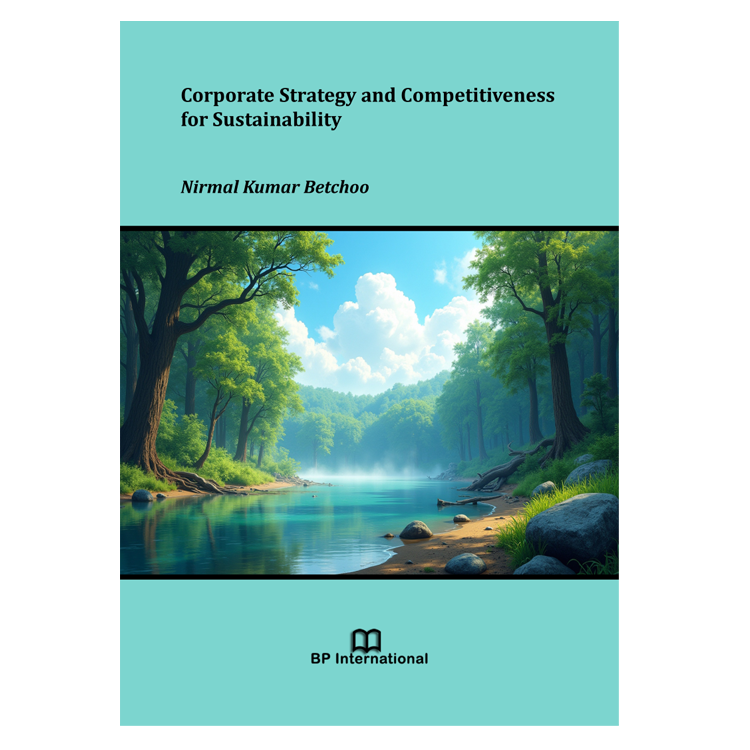This book integrates theoretical knowledge and practical applications of corporate strategy with the principles of sustainability. In contemporary business environments, it is essential for organisations to harmonise their strategic vision with the ecological context in which they operate. Sustainability has emerged as a fundamental principle across all sectors, necessitating that companies address environmental concerns, thereby intertwining their operations with economic, social, and ecological dimensions. The text comprises eight chapters that explore these themes and foster critical thinking regarding various sustainability concepts.
The initial chapter examines the notion of corporate strategy within the business landscape. This concept serves as a foundational framework for establishing diverse goals and objectives that organizations must pursue to enhance their competitive edge. The following chapters systematically outline the progression of corporate strategy formulation.
Chapter Two focuses on business strategy, emphasising strategic options such as cost leadership, market focus, and differentiation—key choices that organizations may need to consider.
Chapter Three analyses functional-level strategies, highlighting the necessity for departments such as Marketing, Accounting, and Human Resources to implement appropriate methodologies that align with the overarching corporate strategy.
Chapter Four synthesizes the strategic elements, establishing a connection between corporate strategy and sustainability. This section presents a significant challenge for strategists, who must determine how to effectively integrate sustainable practices into their corporate strategies. The latter part of the book shifts attention to the theme of competitiveness.
Chapter Five discusses the Balanced Scorecard framework developed by Kaplan and Norton, detailing the four critical metrics that should be evaluated before pursuing competitive advantages.
Chapter Six explores the Value Chain concept, identifying its primary and support activities that contribute to enhancing competitiveness.
The concluding chapter seeks to evaluate the relationship between competitiveness and sustainability. Is it accurate to assert that organisations that prioritize sustainability can also achieve economic viability and competitiveness?
A range of issues associated with this central theme is examined. The development of this course presents challenges, as many traditional texts employ various strategies and models to address business strategy. These concepts may be explored at the undergraduate level. However, at a more advanced level of learning, the application of prior knowledge is essential, and a careful selection of the most relevant business theories is necessary to meet the learning requirements of students at this stage. It is anticipated that students will find enjoyment and enthusiasm in engaging with this engaging and pertinent course.





